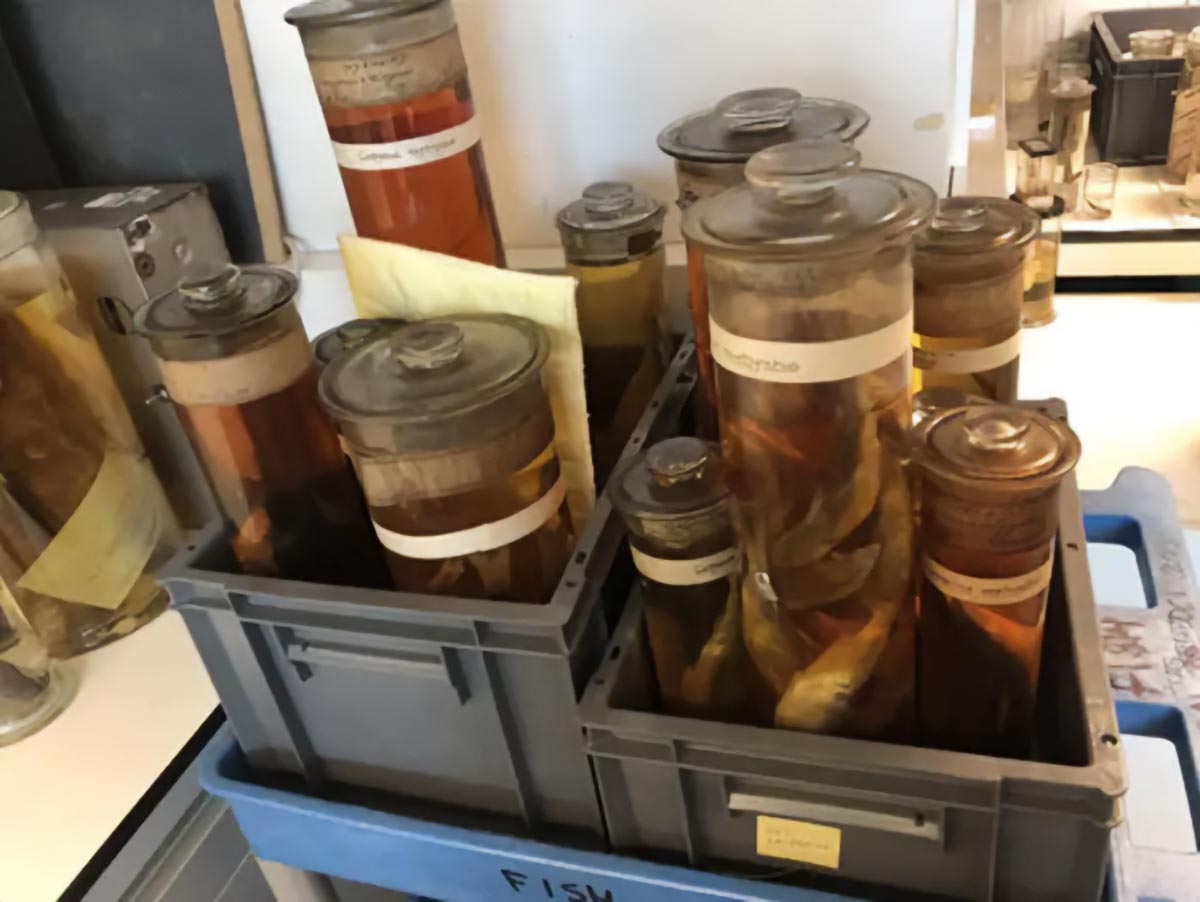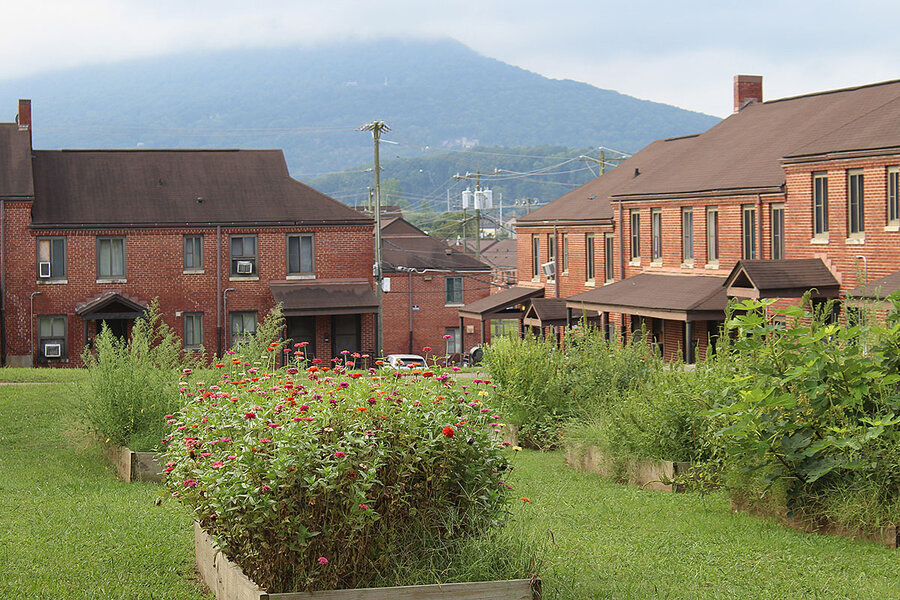Another NASA advanced concpet project is Cryospheric Quantum Rydberg Radar. This is especially interesting to Nextbigfuture because this overlaps with ColdQuanta’s QuantumRF work.
Nextbigfuture interviewed ColdQuanta VP Max Perez about Atomic clocks and QuantumRF and Quantum computers. ColdQuanta has close to $100 million in funding and grants. ColdQuanta is doing advanced work with laser arrays holding neutral atoms. They are not using ions with charge that could be held in electrical traps. ColdQuanta also cools the atoms down toward absolute zero.
Now we will cover the NASA Cryospheric Quantum Rydberg Radar project.
Rydberg Radar builds on the disruptive and proven Quantum Rydberg atomic receiver technology to remotely sense key cryospheric science (CS) processes covering dynamics of ice flow, ice-shelf evolution, snow accumulation, and bedrock (including grounding line) mapping. Rydberg Radar integrates state-of-art high sensitivity, low noise, ultra-broadband, quantum down-conversion – with no antenna/RF front-end/mixers. Configured as a signal-of-opportunity (SoOp) radar receiver, it has vast flexibility to sense dynamics/transients of multiple key cryospheric processes using spatially co-located multi-band navigation/communication signals. Rydberg Radar for CS operates on 6 distinct radar bands from VHF-to-Ku bands (covering 137MHz/255MHz/370MHz/1.2-2.2GHz/5.4-5.7GHz/7-9.6GHz/13.5GHz). Radio reflectometry techniques for SoOp are used to study/measure bedrock topography (137MHz), snow water equivalent (SWE) of snow accumulation (255 and 370MHz), ice sheet dynamics/flow (1.2-2.2GHz), snow accumulation rates (5.4-9.6GHz), and precipitation (13.5GHz).
Downlink satellite radio signals with modulated data from multiple classes of science, communication, and navigation satellites are used. The most significant advantages of the proposed technology are that it enables a
(1) highly sensitive,
(2) dynamically tunable ultra-broad-band radar system that dramatically improves over state-of-art classical radar using quantum Rydberg atomic sensing (10kHz to 1THz), and that
(3) it does not require an antenna or RF componentry (detection volume is less than a cubic centimeter (smaller than a sugar cube) – fundamentally breaking the Chu limit for antennas in classical radars). The automatic quantum down-conversation due to electromagnetic induced transparency (EIT) brings the incoming radio signaling directly to baseband/IF (intermediate frequency) when the probe-laser signal is sampled by a photodetector.
Finally, the Rydberg Radar is ultimately limited by quantum projected noise limit (QPNL), which enables a more sensitive detector than the modern radar.
The technology will enable a new class of quantum radar systems that are sensitive, tunable, and deployable-free. Although the focus is on CS transients/dynamics, the successful completion of the proposed study will enable various multi-frequency/-science missions in the future covering all aspects of radar remote sensing – with potential to generate great interest within NASA, the public, and industry covering virtually every application of radio/radar.
Investigator Arumugam also had some other funding from NASA in a different program. Here is the writeup for that project.
Darmindra Arumugam, Jet Propulsion Laboratory
Arumugam proposes a concept for a high sensitivity, dynamically tunable, and ultra-broad-band radar system, named Rydberg Radar, that dramatically improves over the state-of-art radar using quantum Rydberg atomic sensing. The Rydberg Radar instrument concept vastly improves the existing radar capability to study dynamics and transients of the Earth system by enabling a single-detector-based measurement covering the entire ‘radio window’ (0-30 GHz) in a small form-factor deployable-free architecture. This fundamentally novel technology has the potential to enable multi-science applications covering various bands and applications on a single platform, including in focus areas of planetary boundary layer (PBL), surface topography and vegetation (STV), surface deformation and change (SDC), and sub-surface structure and change (SSC). The high sensitivity and very low-noise (ultimately limited by quantum-projection noise), ultra-broadband (10kHz-1THz), quantum down-conversation of radio signaling (no antenna, RF front-end, or mixers), and compact form-factor of the quantum Rydberg atomic detector (detection volume Background Info on Rydberg Atoms
Brian Wang is a Futurist Thought Leader and a popular Science blogger with 1 million readers per month. His blog Nextbigfuture.com is ranked #1 Science News Blog. It covers many disruptive technology and trends including Space, Robotics, Artificial Intelligence, Medicine, Anti-aging Biotechnology, and Nanotechnology.
Known for identifying cutting edge technologies, he is currently a Co-Founder of a startup and fundraiser for high potential early-stage companies. He is the Head of Research for Allocations for deep technology investments and an Angel Investor at Space Angels.
A frequent speaker at corporations, he has been a TEDx speaker, a Singularity University speaker and guest at numerous interviews for radio and podcasts. He is open to public speaking and advising engagements.
Note: This article have been indexed to our site. We do not claim legitimacy, ownership or copyright of any of the content above. To see the article at original source Click Here













